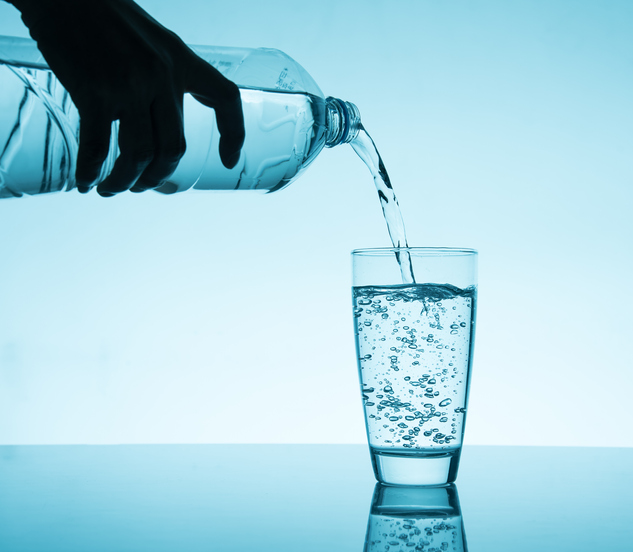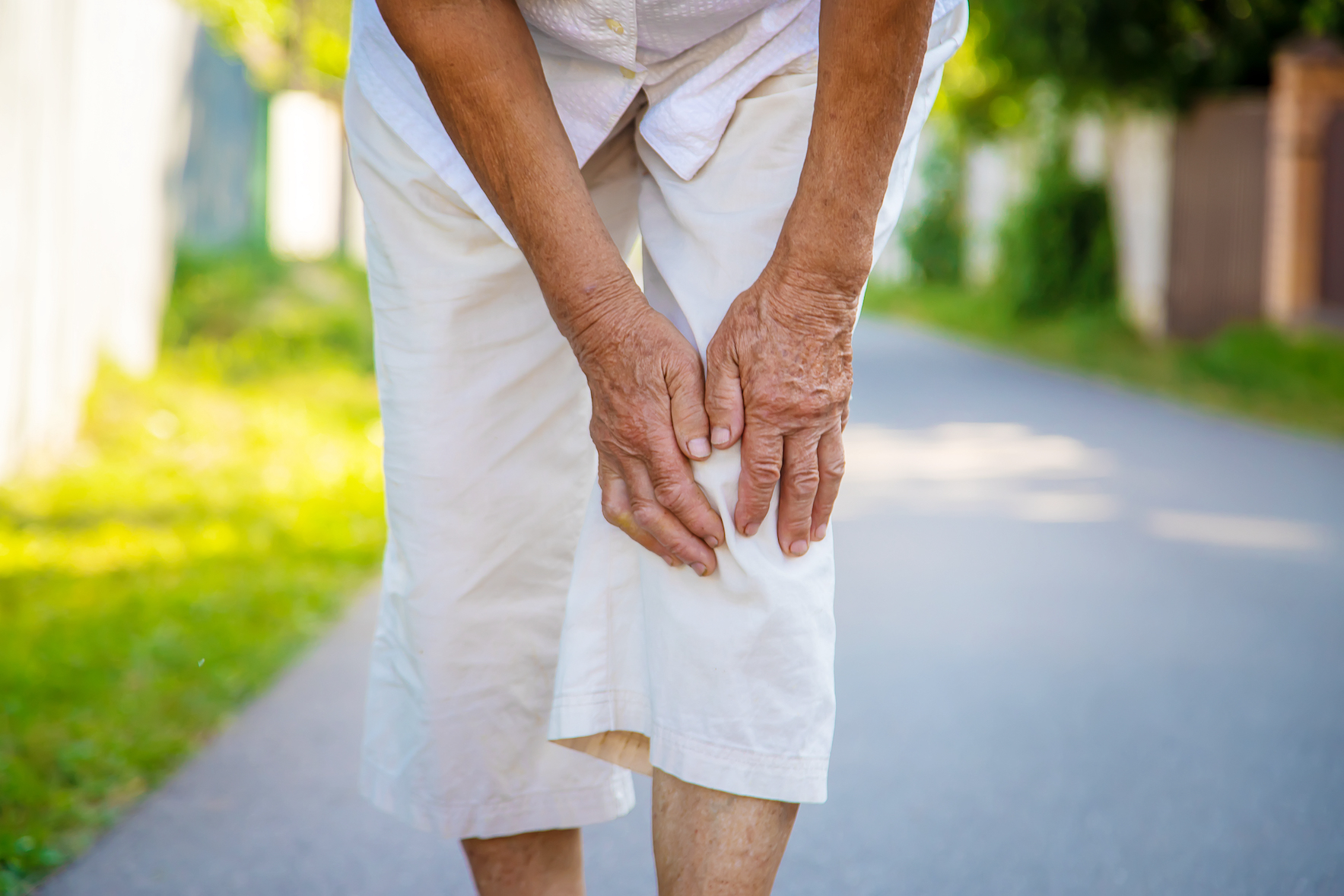
High Cholesterol
With over 100 million Americans possessing it, high cholesterol is one of the most common medical conditions found within the country. Even worse, of those 120 million people more than 30 million of them have very high cholesterol, which puts them at a much higher chance of suffering from a heart attack or stroke. High cholesterol is not only important to be aware of because of its frequency, but also because the risk of it grows greater and greater with age. However, high cholesterol is something that can be actively combatted through lifestyle changes and decisions which makes it even more important to fully understand what it means to have high cholesterol.
What is Cholesterol?
Cholesterol is a fat that is naturally produced by your body in the liver but also comes from the food and drinks we eat. It comes in two forms, which are generally referred to as good and bad cholesterol. Bad cholesterol’s real name is low-density lipoprotein, and it is considered bad because they go to the arteries instead of the liver. When a person has high cholesterol, it means they possess too much of the bad which results in their arteries being clogged by it. This puts them at a greatly increased chance of suffering from potentially fatal heart attacks and strokes, as well as chest pain that can become severe. Bad cholesterol can be a genetic predisposition, but it is largely caused by lifestyle and diet. Less exercise, obesity, smoking, high stress, and a diet high in fats and sugars all dramatically increase a person’s chances of having high cholesterol. The other form of cholesterol is called high-density lipoprotein, and it is considered good because it carries cholesterol to the liver, where it can be effectively processed by the body. Good cholesterol can even work to take excess bad cholesterol away from the arteries and to the liver.
Lowering Cholesterol
Cholesterol tests are common tests performed by doctors. They are done through bloodwork and are usually scheduled by doctors depending on a person’s reported lifestyle, diet, family history, and other risk factors. If you or your doctor are worried about you possessing a higher chance of developing high cholesterol, it is a good idea to have more frequent tests done. If you are found to have high cholesterol, the next step is making the necessary lifestyle changes to help lower it to healthy levels. This can be done by both lowering bad cholesterol and raising good cholesterol to achieve the right balance. Fortunately, the activities that lower bad cholesterol and raise good cholesterol go hand in hand, which makes the process even easier. Maintaining an active lifestyle, lowering your weight, and incorporating a healthy diet are all perfect ways to begin achieving that balance. For food, avoiding salty and fatty foods can go a long way in that effort. Working on lowering stress levels can also make a big difference in a person’s cholesterol levels, and quitting smoking is also important. Luckily, with the right lifestyle changes, a person can begin to see a noticeable drop in cholesterol quickly however, it is still important to constantly observe it with a doctor to make sure it is trending right so that you can continue living a full life without concern.






